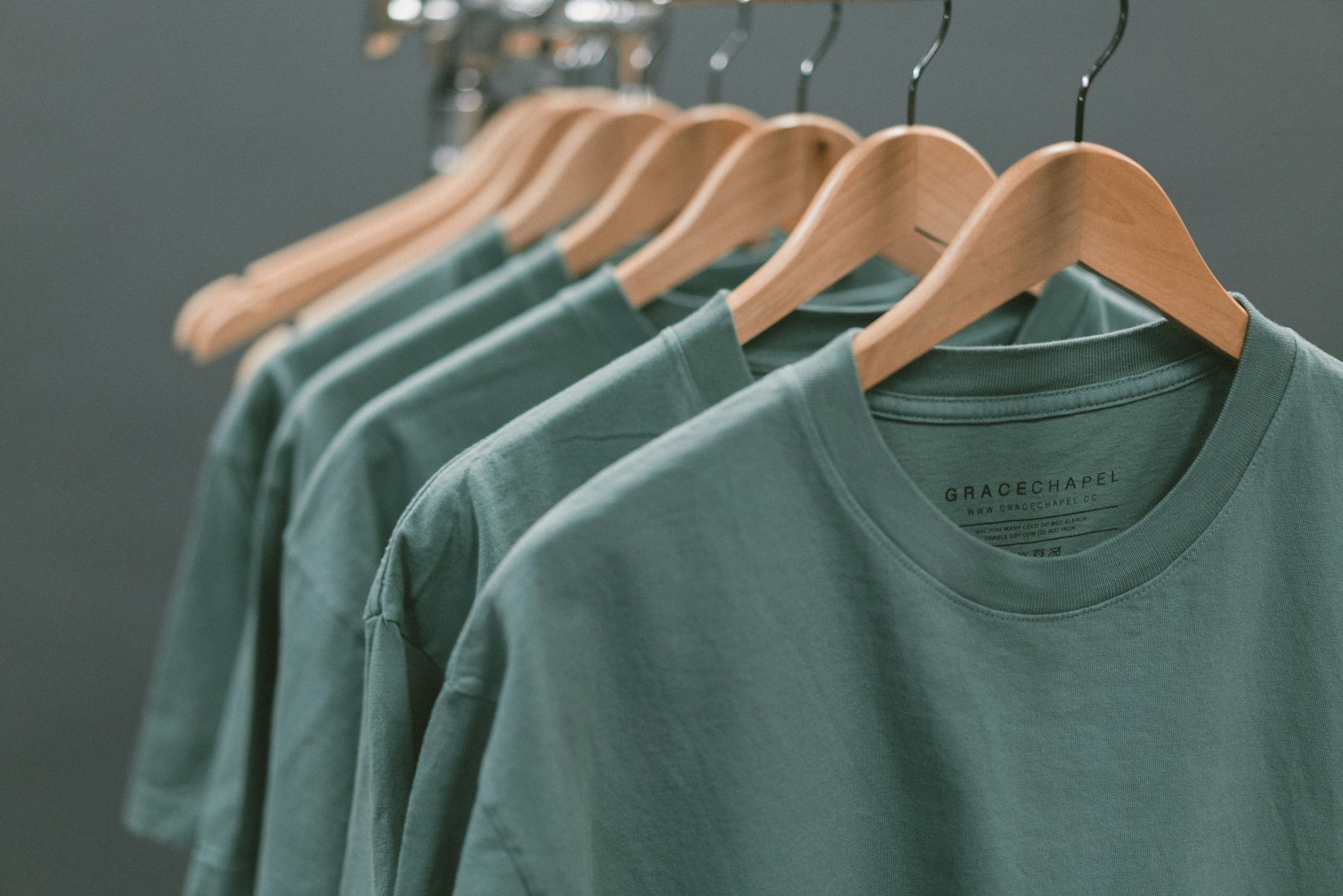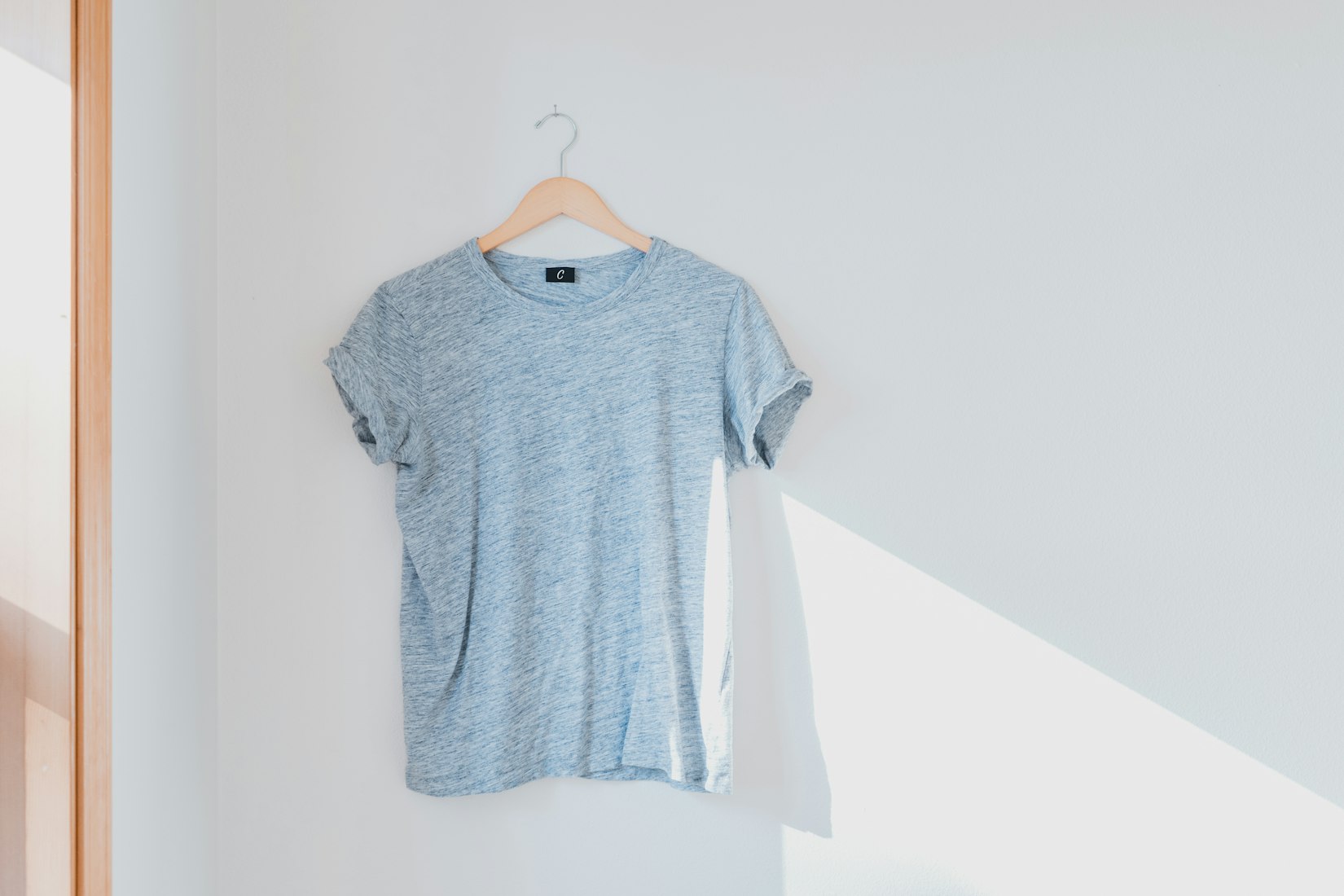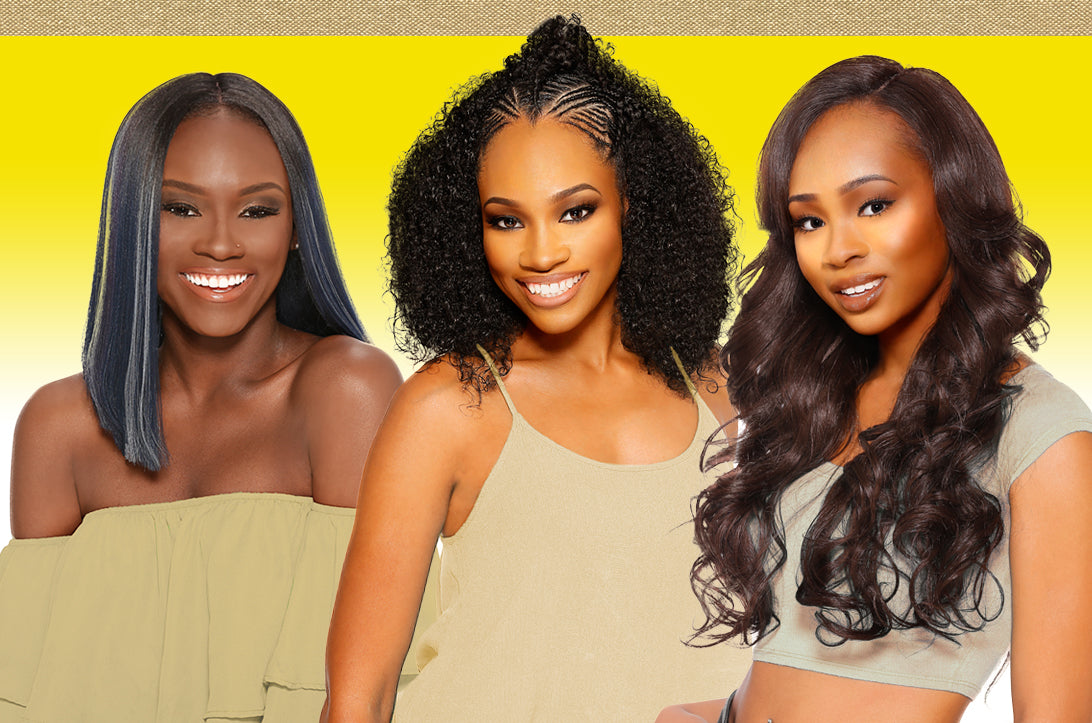My journey and career as a licensed Master Cosmetologist and Natural Hair Care Specialist began with hair braiding—which is perhaps one of the oldest and longest enduring ways to protectively style naturally curly, kinky and coily hair. In honor of Black History Month, I’d like to share with you a few fascinating facts about the history of braiding.
Braiding dates back thousands of years. The earliest evidence of braiding's existence is often quoted as dating between 3500 and 6000 B.C. In Kemit, or ancient Egypt, the braided style we commonly know today as “box braids” were all the rage. Archaeologists have even discovered that ancient Egyptians of both genders and all social classes (from farmers to the ruling elite) often braided their hair in elaborate and ornate styles—and sometimes used hair extensions.
Cornrows also have a very long history. The earliest evidence of cornrowing dates back to 500 B.C. and was discovered in the ancient culture of Nok which existed in what is now Northern Nigeria. This method of gathering and manipulating hair into neat rows was so entrenched in the Nok culture that depictions of cornrowing by these ancient hair artisans can be found on their sculptures.
Throughout Africa, braiding was about much more than simply styling the hair. Hair braiding and its existence has been discovered throughout the history of every African culture as it was a method of communicating details about the life of the person who wore them. Depending on the region from which the person hailed, his or her braids could tell you about their ethnic heritage, religion, birth order, marital status, age, and wealth.
Braiding, for enslaved Africans, was a political act. For those Africans who made the middle passage and were forced into slavery, their hair was often shaved off completely before they set foot on American soil. However, once their hair began to grow again, they deliberately engaged in hair braiding to hold on to their cultural identity and to demonstrate a silent act of resistance and defiance to servitude.
The first published African-American female novelist, Frances Ellen Watkins Harper, rocked braids. Iola Leroy (or Shadows Uplifted) is the name of the book written by Frances Harper—and in 1892, her book was the first novel ever published by an African American woman. Like Harper’s braided hair, the book made quite a revolutionary statement as it discussed themes of interracial marriage, sexual abuse, the abolition of slavery, women’s suffrage and civil rights.
If you have any questions about braiding, protective styling or natural hair care, please don’t hesitate to contact me by email at asktalish@naturalhair.org.



 English
English Arab
Arab




I loved these facts! So helpful :D
Hi Elizabeth,
So glad you found the information about braided hair useful. We appreciate your feedback!
I love the facts!